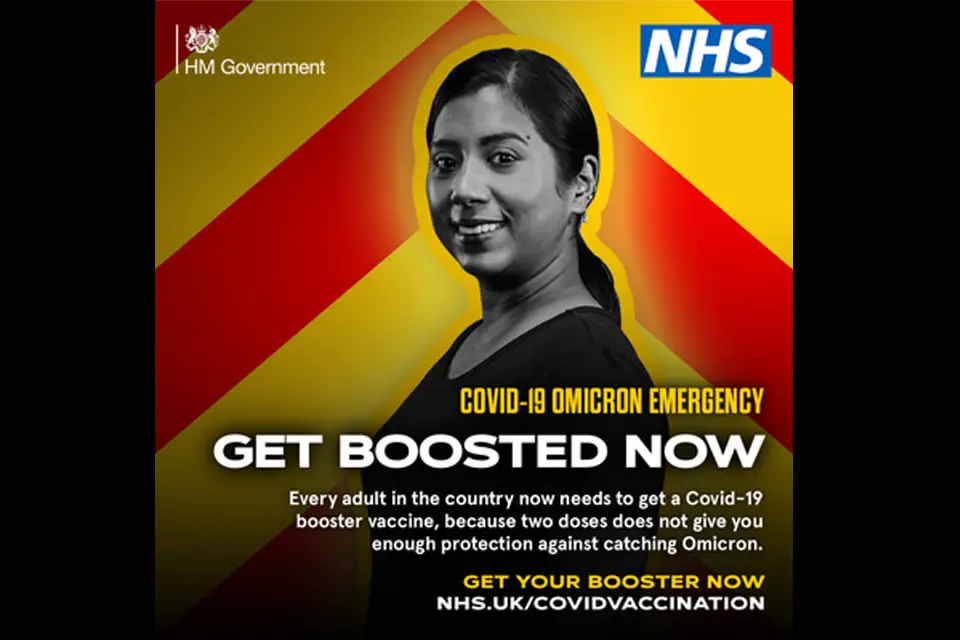The value of clarity: why transparency wins in complex markets

In an age of privacy updates, consent boxes, and endless choice, consumers are finding their own ways to simplify the noise. They skip pre-roll ads, install cookie managers, and bypass region locks, not necessarily to resist rules but to regain control over their experience. When processes feel slow or confusing, people do not wait for brands to fix them; they look for easier paths.
This behaviour tells marketers something vital: every time a user takes a shortcut, they are revealing a friction point. Rather than seeing these detours as challenges, smart brands treat them as feedback on where the experience needs to be clearer, faster, or more honest.
How Comparison Platforms Built Consumer Trust
In today’s comparison-driven economy, consumers often prefer to evaluate before they engage. In the travel sector, for example, Skyscanner has become synonymous with convenience. It aggregates flight data from hundreds of airlines, filters routes by cost, duration, and carbon footprint, and presents everything in one transparent interface. Its success lies in turning a fragmented, high-friction process into a single, informed decision point. Clarity empowers the traveller rather than overwhelming them.
A similar pattern can be seen in other regulated markets. In UK betting, several resources platform non gamstop bookies, explaining how some offshore operators provide extensive payment options, bonuses, and a smooth onboarding process. Many of these platforms serve audiences looking to understand what exists beyond UK-licensed providers. Again, the appeal is convenience and clarity, not avoidance of rules.
For marketers, both examples underscore a core truth: transparency is now a competitive advantage. Whether selling flights or financial products, brands that simplify choice earn trust faster than those that hide complexity behind fine print.
The Loophole Mindset
Every industry with rules produces its own detours. Ad-blockers forced publishers to rethink ad formats. Streaming geo-blocks pushed fans to VPNs, prompting platforms to reconsider global access. In regulated sectors such as finance, healthcare, and gaming, the same principle applies. When systems feel rigid, users find flexibility.
This does not signal rebellion; it reflects a search for autonomy. People want to feel in control of their data, time, and options. For marketers, that mindset is invaluable. It shows exactly where brand promises and real experiences diverge, and where clarity has the power to rebuild confidence.
Marketing Lessons from the Clarity Economy
1. Reduce friction before regulation demands it
If customers are finding shortcuts, it is because your process feels longer than it needs to be. Audit the journey to see where people abandon forms, switch channels, or ignore prompts. Use behavioural analytics and exit-intent surveys to map those drop-off points. Simplify wherever possible, and explain when you cannot.
2. Make compliance invisible but not hidden
Regulation is essential, but presentation matters. Fintech apps such as Monzo and Starling have shown how to turn compliance into reassurance by using plain-language consent, live status updates, and simple progress bars. When users understand what is happening and why, they are less likely to resist it.
3. Offer agency inside the rules
People value systems that flex. Within boundaries, provide optional settings, adjustable limits, and personalisation. In sectors where restrictions exist for good reason, such as data privacy, allowing users to choose how safeguards apply builds trust instead of testing it.
4. Translate transparency into tone
Language shapes perception. “You must verify your details” sounds punitive, while “Confirm your ID to secure your account” sounds protective. Copywriting is as much a compliance tool as a design element. Clarity reduces complaints and increases completion rates.
5. Learn from external detours
Monitor where users go when they leave your ecosystem. If they turn to aggregators or community guides, find out why. Those channels often provide the simplicity or education that your official process lacks. Treat them as prototypes for better user experience, not as competition to suppress.
Designing Systems People Trust
A recent YouGov study found that 66% of consumers stop buying from brands once trust is broken, and the top reasons for distrust include unfair treatment, unethical practices, and misleading communication. These findings point to a simple truth: trust isn’t restored by words; it is designed into every interaction. The strongest marketing strategies build that confidence through seamless UX, honest messaging, and choice-led design. When every step of the journey feels transparent, fair, and responsive, users stop testing the system and start believing in it.
UK reports from Deloitte and KPMG reinforce this. Deloitte’s 2025 Consumer Trust Index shows that clarity and consistency across touchpoints now define how trust is earned, while KPMG’s 2024 Customer Experience Excellence report identifies integrity and personalisation as the two strongest trust drivers among British consumers. Together, they outline a new design imperative: brands must make reliability visible.
When customers feel informed, respected, and in control, they stop looking for alternatives. The most trusted systems are not the ones with the fewest rules but those that make the rules feel fair.




